 Shutterstock
Shutterstock
Throughout history, dogs have played a significant role in art, from classical sculptures to Renaissance paintings and modern masterpieces. Artists across centuries have captured their loyalty, elegance, and companionship, turning them into immortal muses. Certain dog breeds have appeared repeatedly in famous works of art. Some were royal pets, others were hunting companions, and a few were adored by the artists. If you’ve ever walked through a museum or flipped through an art history book, you’ve likely encountered some of these iconic breeds.
Greyhound
 Shutterstock
Shutterstock
Graceful and elegant, Greyhounds have been the subject of many artistic masterpieces, particularly during the Renaissance. Their sleek physique and noble demeanor made them a favorite among European nobility, who commissioned countless paintings and sculptures of their prized companions. One of the most famous examples is Paolo Uccello’s The Hunt in the Forest, which captures Greyhounds in action. Their association with speed, agility, and aristocracy made them a natural choice for artists who wanted to depict power and refinement in their work.
Spaniel
 Shutterstock
Shutterstock
From Titian’s Venus of Urbino to Gainsborough’s portraits of noble families, Spaniels have been immortalized in some of history’s most famous paintings. These affectionate and loyal dogs were often depicted lying at their owners’ feet, symbolizing devotion and companionship. Spaniels, particularly Cavalier King Charles Spaniels, were beloved by European royalty, which only increased their presence in art. Their soft, flowing fur and expressive eyes made them a favorite subject for painters looking to add warmth and charm to their works.
Mastiff
 Shutterstock
Shutterstock
Known for their massive size and protective nature, Mastiffs have been a favorite subject of sculptors and painters for centuries. These powerful guardians appear in several Roman and Greek sculptures, often standing alongside warriors and emperors. In Edwin Landseer’s A Distinguished Member of the Humane Society, a noble Mastiff is depicted resting with a calm yet dignified expression. The breed’s strong presence in art reflects its historical role as a protector of estates, castles, and livestock.
Pug
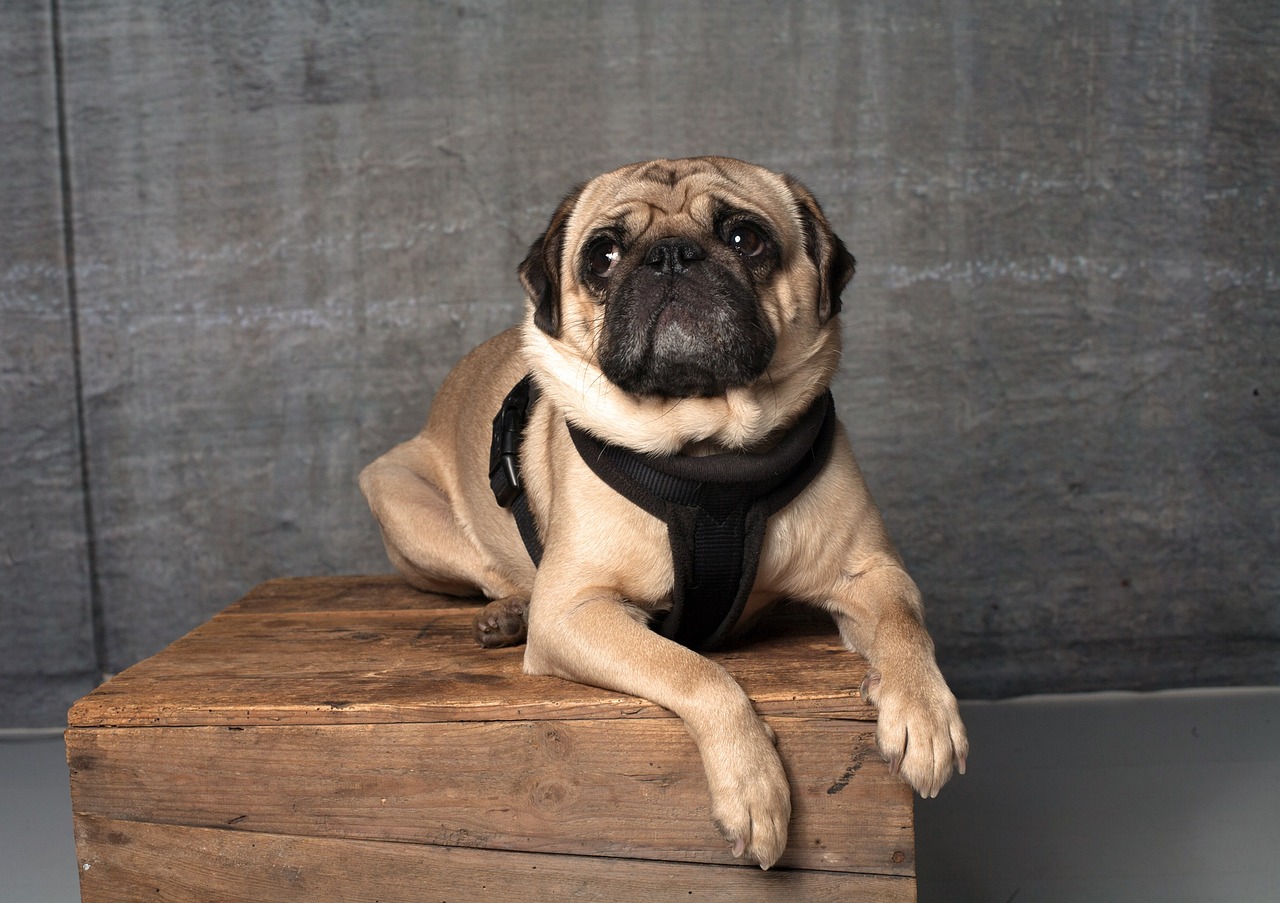 Shutterstock
Shutterstock
Pugs have been cherished by artists and royalty alike, appearing in numerous portraits from the 17th and 18th centuries. These small yet sturdy dogs were particularly popular in Dutch and Flemish paintings, often depicted sitting beside aristocrats or curled up in lavish settings. One of the most famous pug portraits is William Hogarth’s The Painter and His Pug, where the artist includes his own beloved pet. Their charming expressions and playful personalities made them an endearing subject for artists throughout history.
St. Bernard
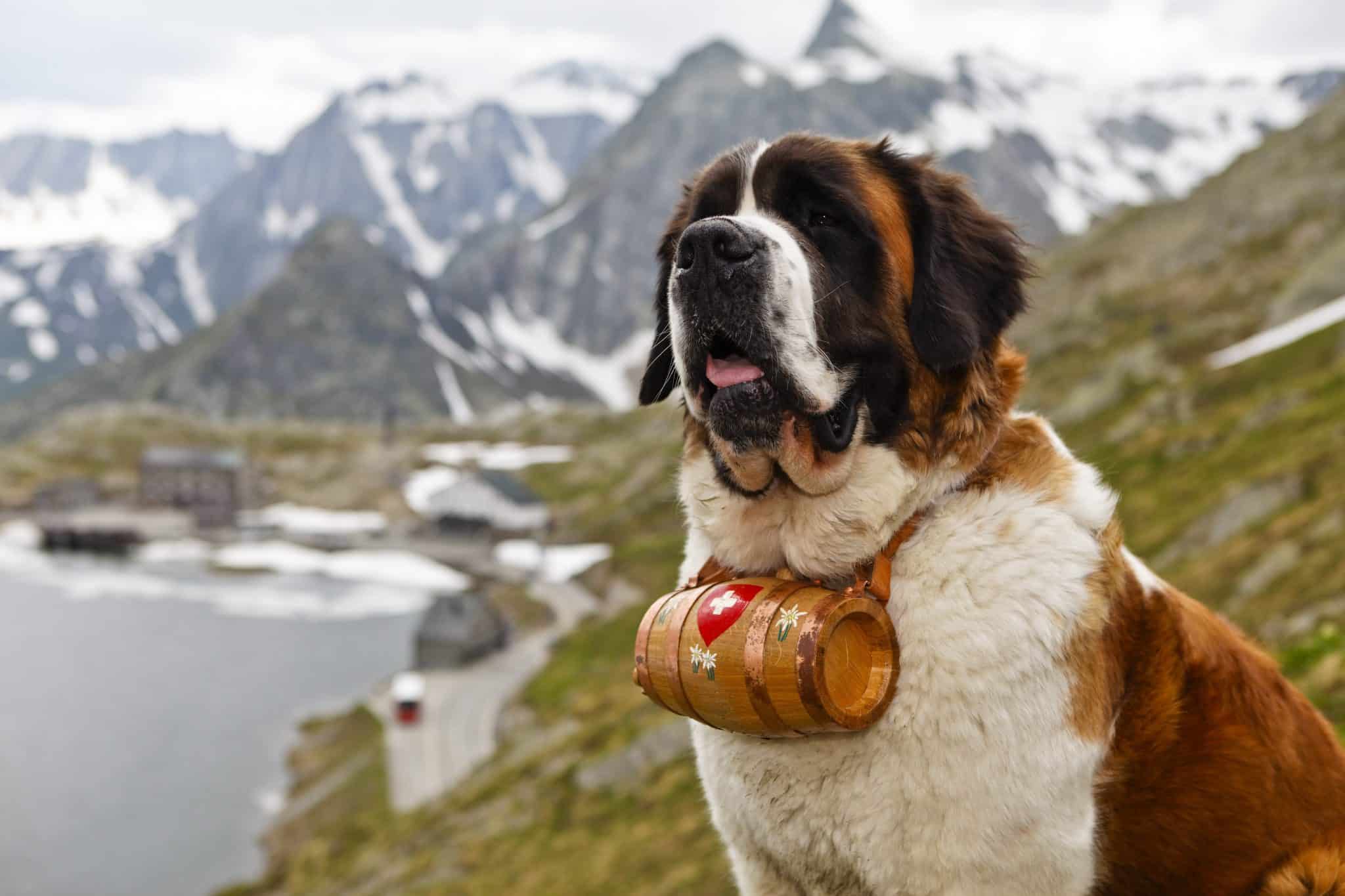 Shutterstock
Shutterstock
Few breeds exude the same level of heroism and devotion as the St. Bernard; artists have taken full advantage of that. In countless Swiss paintings, these massive rescue dogs are shown bravely navigating the Alps, saving stranded travelers. One of the most iconic images of St. Bernards in art is Edwin Landseer’s Alpine Mastiffs Reanimating a Distressed Traveler. Their role as lifesaving mountain dogs cemented their place in history—and on countless canvases.
Saluki
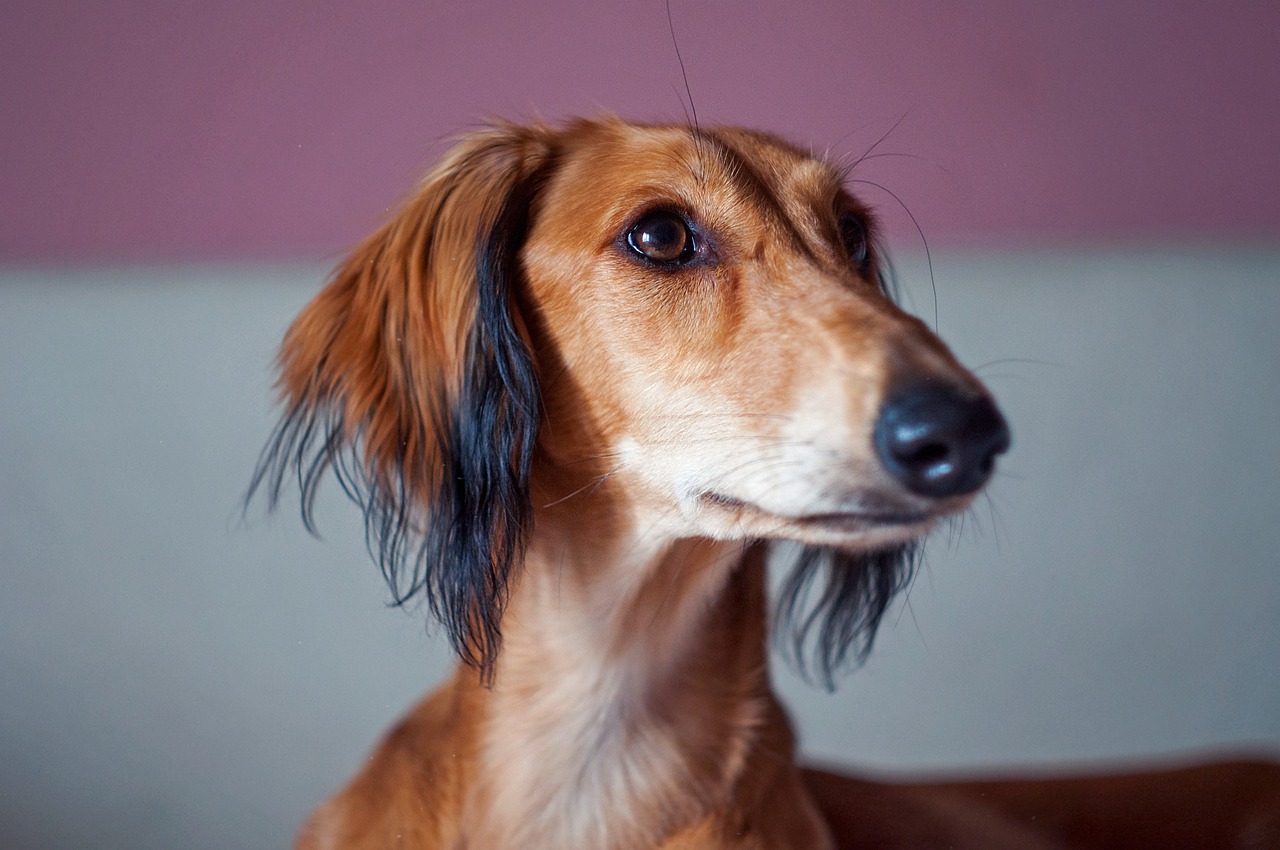 Shutterstock
Shutterstock
As one of the oldest dog breeds, the Saluki has been featured in artwork dating back thousands of years. Ancient Egyptian tomb paintings and sculptures often depict Salukis alongside pharaohs, showcasing their status as sacred and noble animals. Their long, slender bodies and flowing coats made them an artist’s dream, effortlessly embodying elegance and speed. Even today, depictions of Salukis can be found in Middle Eastern art, maintaining their reputation as regal and revered companions.
Bulldog
 Shutterstock
Shutterstock
With their tough exterior and undeniable charm, Bulldogs have made their mark in both paintings and sculptures. They became symbols of British determination, famously portrayed in Winston Churchill caricatures and patriotic wartime posters. In classic paintings, Bulldogs often appear steadfast companions to their owners, embodying courage and resilience. Their stocky build and unmistakable expressions make them one of art history’s most recognizable and beloved dog breeds.
Borzoi
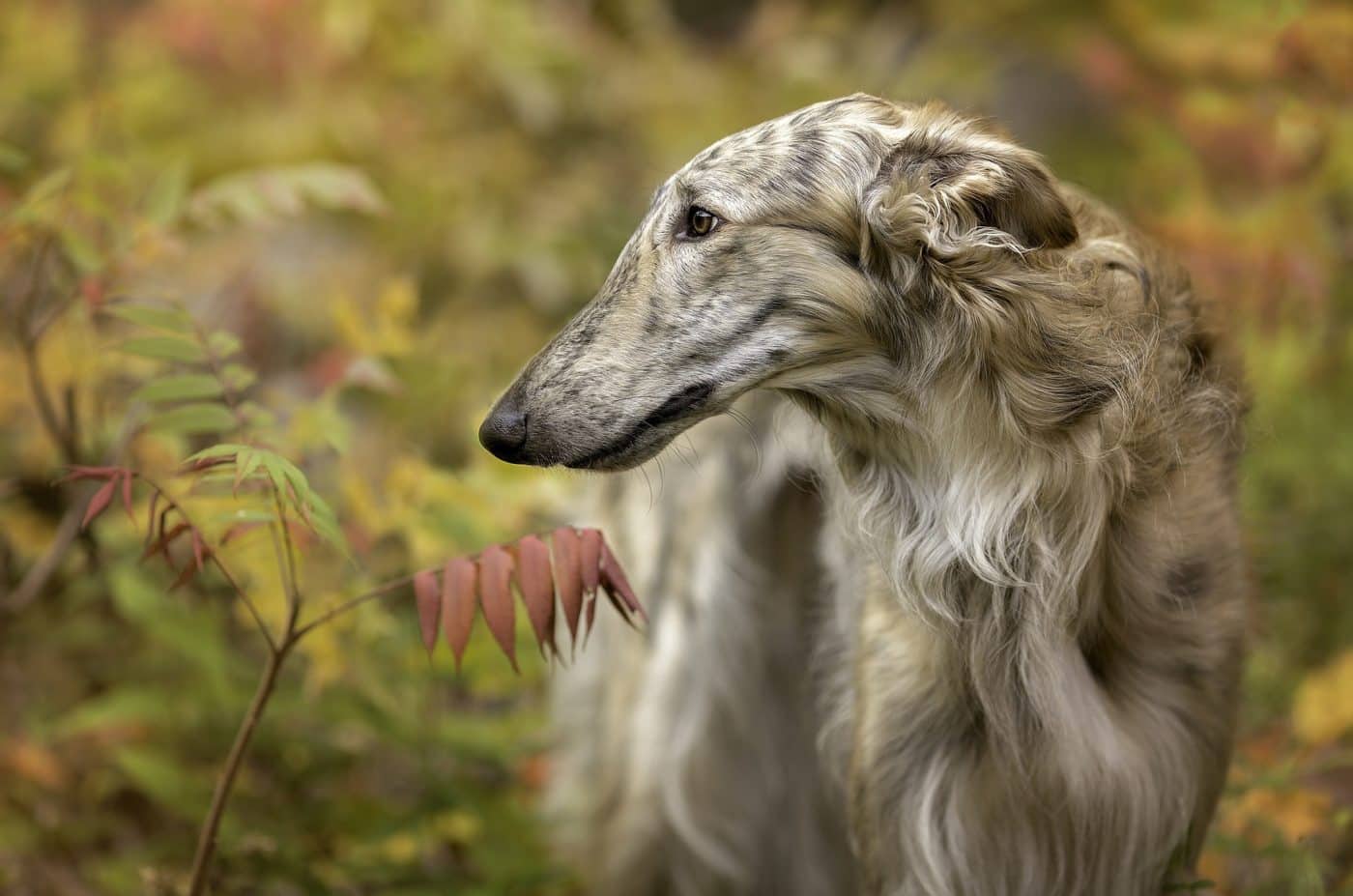 Shutterstock
Shutterstock
With its aristocratic grace and flowing coat, the Borzoi has inspired many artists, especially during the Art Nouveau movement. They frequently appeared in paintings by Henri de Toulouse-Lautrec and Lucian Freud, often portrayed in lavish settings that matched their refined reputation. Russian royalty adored Borzois, and their presence in art often signified opulence and high status. Their long, elegant build made them a striking subject for artists looking to capture beauty and movement.
Newfoundland
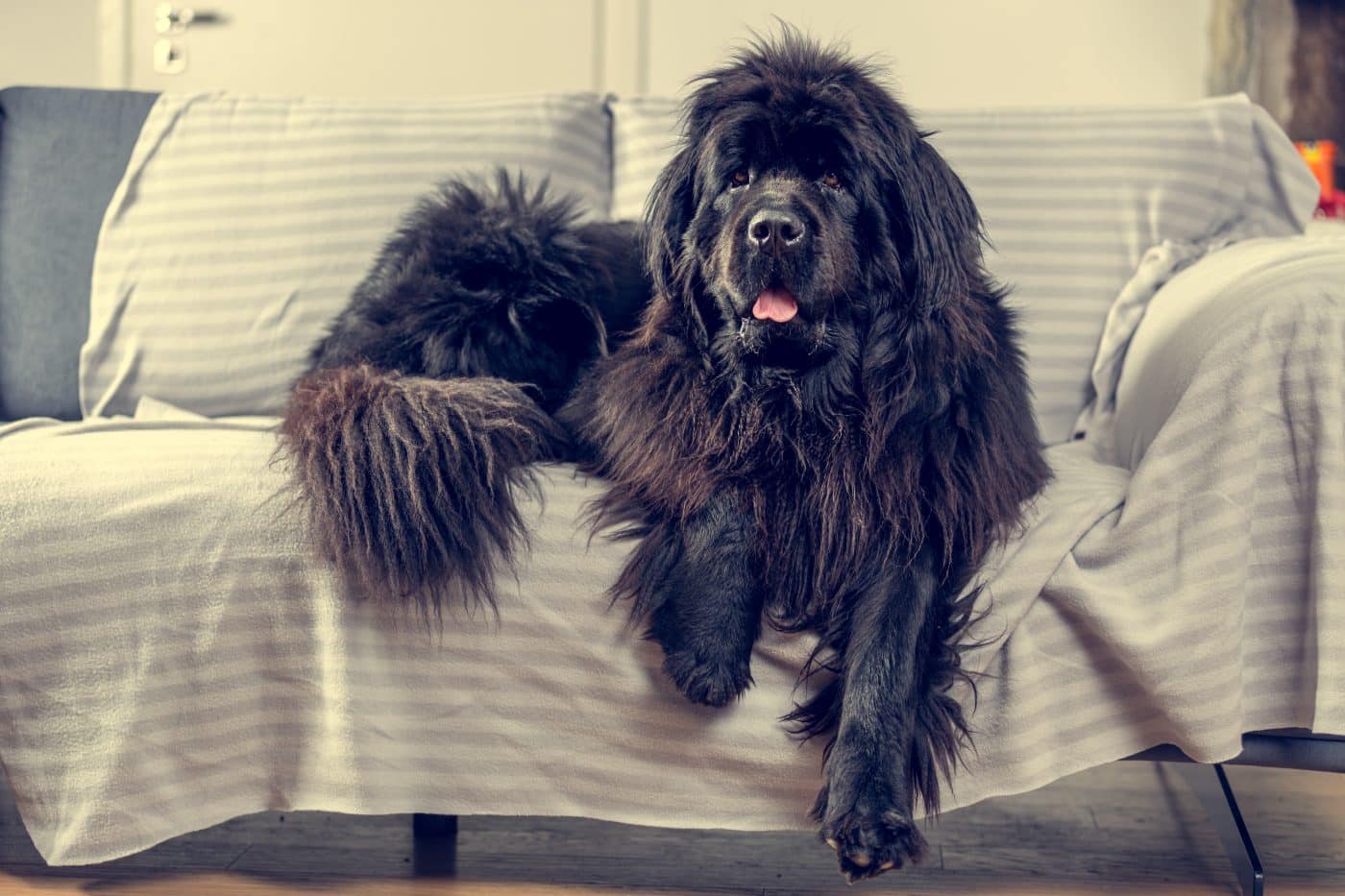 Shutterstock
Shutterstock
Newfoundlands, known for their gentle nature and lifesaving instincts, have been portrayed in several famous paintings, most notably by Sir Edwin Landseer. His painting A Distinguished Member of the Humane Society features a Newfoundland with a noble, watchful gaze, emphasizing the breed’s reputation as a hero. These large, affectionate dogs were often depicted as protectors of children or drowning victims, highlighting their loyalty and bravery. Their thick coats and expressive faces made them ideal for artists wanting to capture strength and softness in a single image.
The Masterpieces Live On
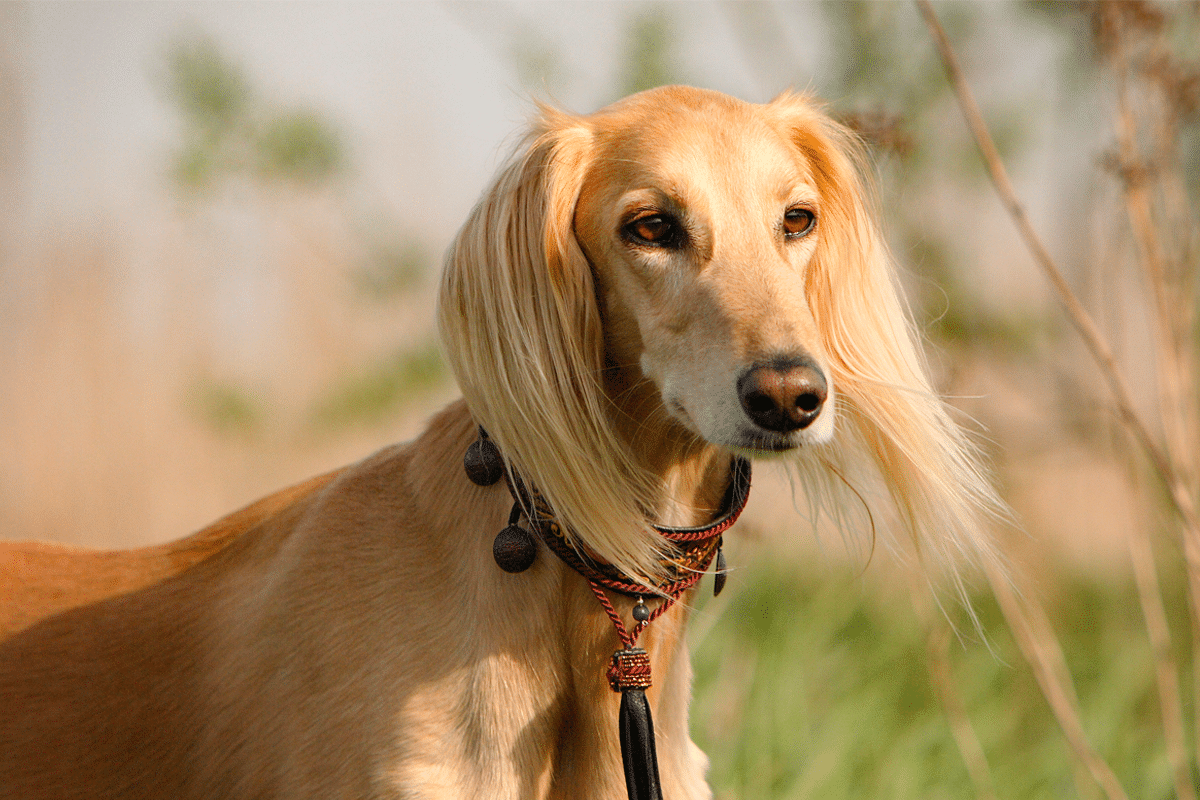 Shutterstock
Shutterstock
These dog breeds have left their mark on art history, proving that man’s best friend has always been an artistic inspiration. Whether immortalized in marble, captured on canvas, or sketched in a notebook, these dogs remind us of their unwavering loyalty, beauty, and charm. Their presence in famous paintings and sculptures reflects their deep bond with humans and the admiration they have earned over the centuries. So, the next time you admire a masterpiece, look closer—you might find a familiar furry face staring back at you!

 2 weeks ago
14
2 weeks ago
14





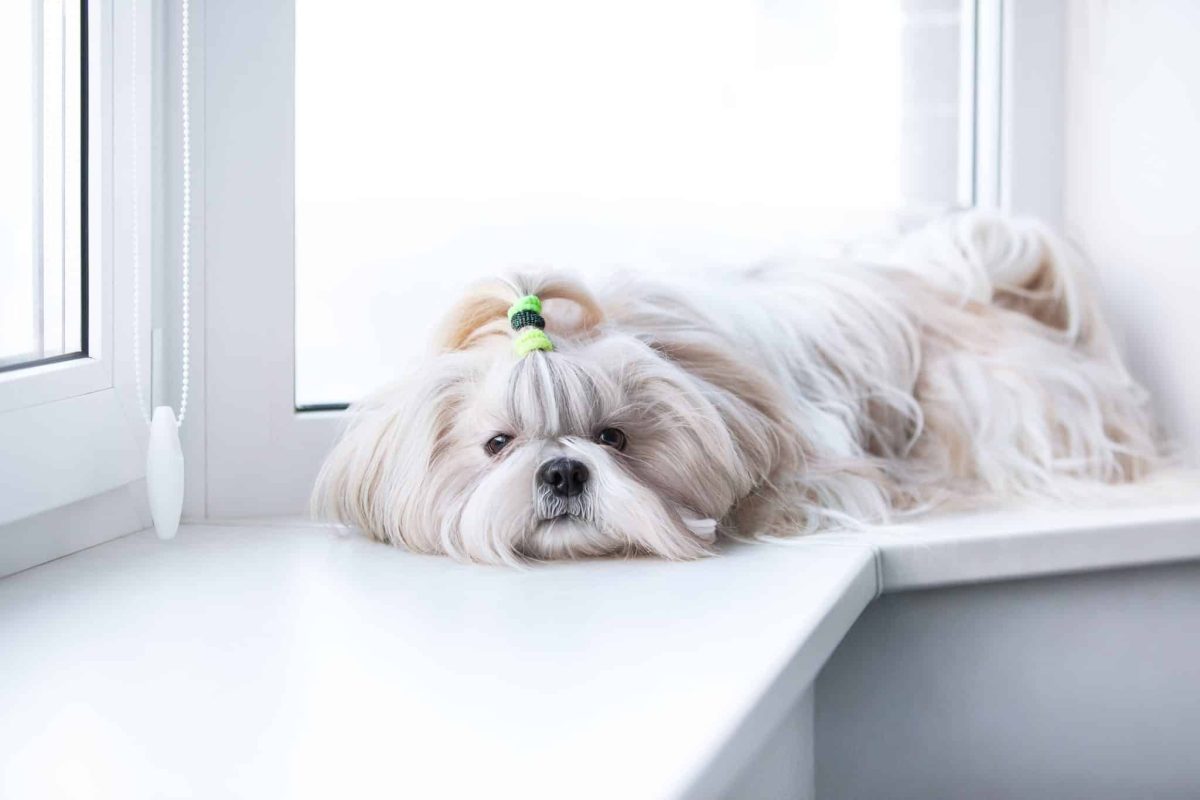












 English (US) ·
English (US) ·